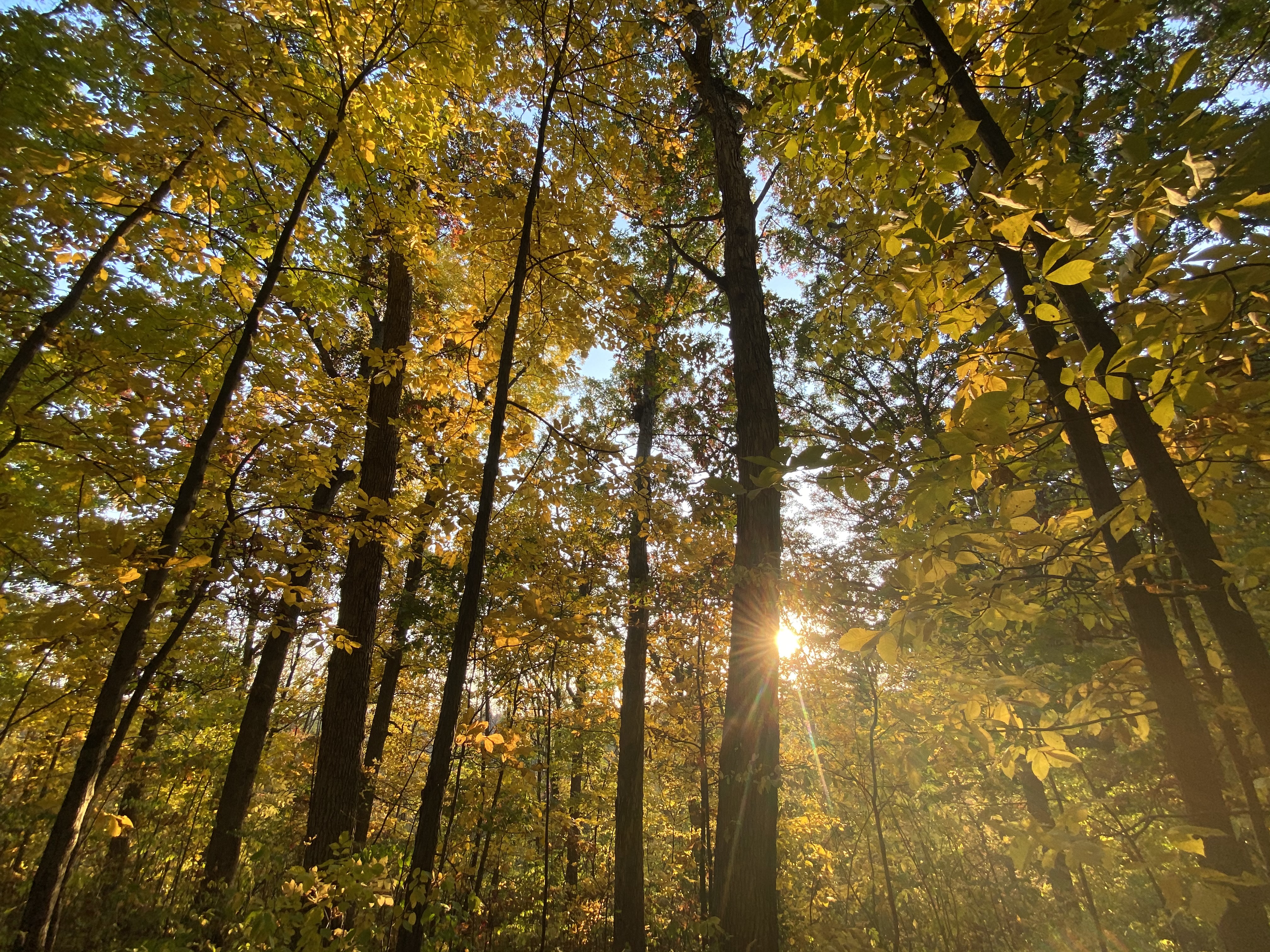Climate change requires smart gardening
Help your garden adapt to climate change.

Climate change is a global phenomenon that has impacts on our daily lives. We should expect to see further temperature increases, lengthening and shortening of growing seasons, and less predictable precipitation patterns that may include drought or increasingly intense storms. While these changing conditions present challenges to the gardener, there are actions you can take to make your garden more adaptable.
How can we help the plants in our care succeed in the face of climate change?
Plant plants! Green spaces can cool temperatures locally by reducing the heat generated by urban areas. Additionally, green plants uptake carbon dioxide, a greenhouse gas, during photosynthesis. Flower abundance and plant diversity in the garden can also benefit pollinators and other wildlife that are challenged by climate change.
Plant a variety of plants. Since we cannot yet predict how conditions will change in an area, we cannot predict yet which plants will thrive and which will struggle in the future landscape. Increasing the diversity of plants grown increases the odds that you will have some plants that thrive as conditions change.
Choose drought tolerant plants for drier areas in the landscape. Drought tolerant plants can survive with little or no supplemental water under the site conditions. Newly installed plants will still need watering until they are established. Mulching further reduces the need for irrigation. Being wise with water also saves time and money.
Avoid plants with a tendency to become invasive. Invasive species are introduced organisms that can cause economic harm, environmental damage or negatively affect the health of other organisms. As the climate changes, so will the range of some invasive species. For example, an invasive plant that is prevented from overgrowth in Michigan due to cold winters may be able to become established and spread as our winters warm.
Consider stormwater management. Storms may increase in intensity. Water that runs off hard surfaces like roads, buildings and sidewalks can quickly carry soil and contaminants to waterways. Increasing the number of trees, porous surfaces and rain gardens can allow the water to slowly enter groundwater and surface water while filtering contaminants.

Reduce your greenhouse gas emissions. Limit your usage of gas-powered equipment by reducing or eliminating areas that need to be maintained with motorized equipment. This has the added benefit of also reducing noise pollution.
Smart gardeners can plant both literal and proverbial seeds for the future by creating landscapes that support future generations. Michigan State University Extension staff and volunteers can assist gardeners with questions about plant choices and problems in the residential landscape. You can upload your question and up to three photos at Ask Extension or call the MSU Extension Lawn and Garden hotline at 1-888-678-3464.
Further reading
- The Effects of Climate Change from NASA
- Gardening for Climate Change from The National Wildlife Federation
- Sustainable Gardening: Solutions to Climate Change from the University of Maryland Extension



 Print
Print Email
Email